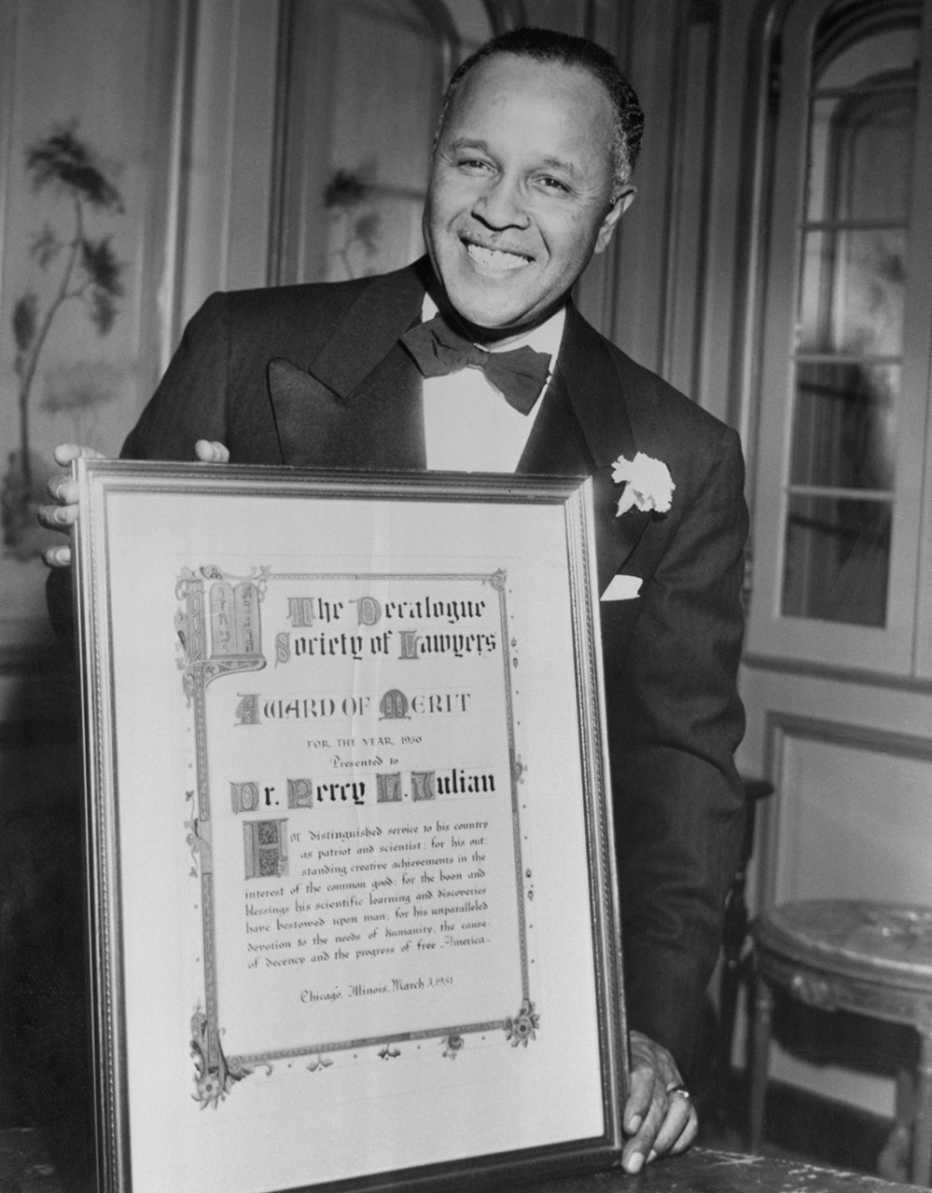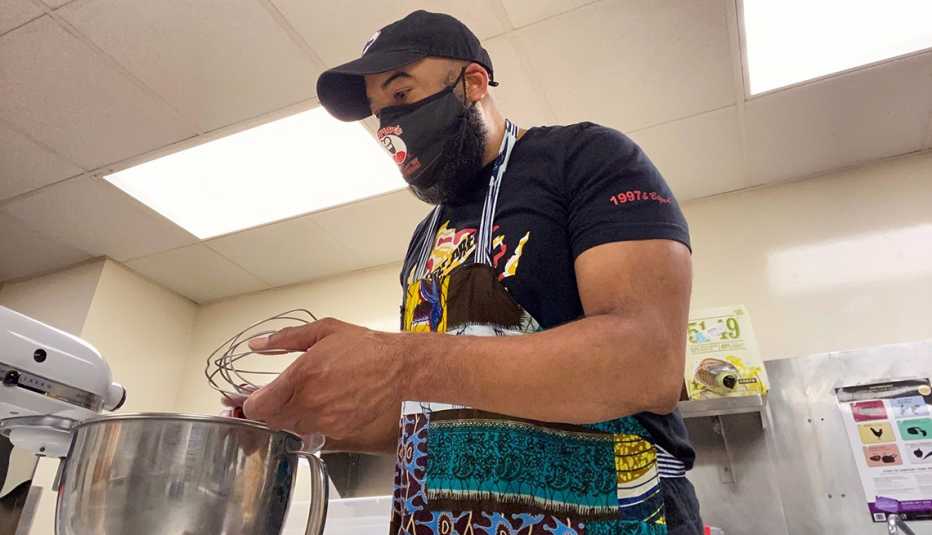AARP Hearing Center
Inventing a product unique enough to earn a patent can be one path to starting a successful business. But Black entrepreneurs file for patents at one-third the rate of white inventors, according to a study from VentureWell, a nonprofit organization dedicated to supporting science and technology innovators.
While there are several historical reasons why African Americans been have had less access to the federal patent process, there also are many examples of how Black inventors overcame those barriers. Despite obstacles, Black inventors have found ways to touch the lives of millions with products that still are used every day, from synthesizing chemicals for medical treatments to creating a better way to win water-gun fights.
Here are the stories of how three Black inventors earned patents, along with a few tips that might help you earn one, too. To learn more about patents, you can watch a recording of an AARP and U.S. Patent and Trademark Office (USPTO) webinar on Protecting Your Business Through Trademarks and Patents.
Finding an Affordable Way to Treat Glaucoma


Born in Montgomery, Alabama, in 1899, Percy Lavon Julian was an American researcher who held over 130 chemical patents. Julian overcame segregation to become a leader in synthetic chemistry, modernizing the affordable mass production of plant-based medicinal compounds. Most notably, he developed a process to synthesize the drug physostigmine that previously had only been available from its natural source, the Calabar bean, according to the USPTO. His pioneering research made the chemical readily available for the treatment of glaucoma.
He also invented a process to extract soybean proteins that could be employed for a variety of uses, such as a coating for paper or as a fire-retardant foam used widely in World War II. In 1953, he founded Julian Laboratories, which he sold in 1961 for more than $2 million. In 1990, he was inducted into the National Inventors Hall of Fame.
Percy was 57 when his first patent was granted.
































































